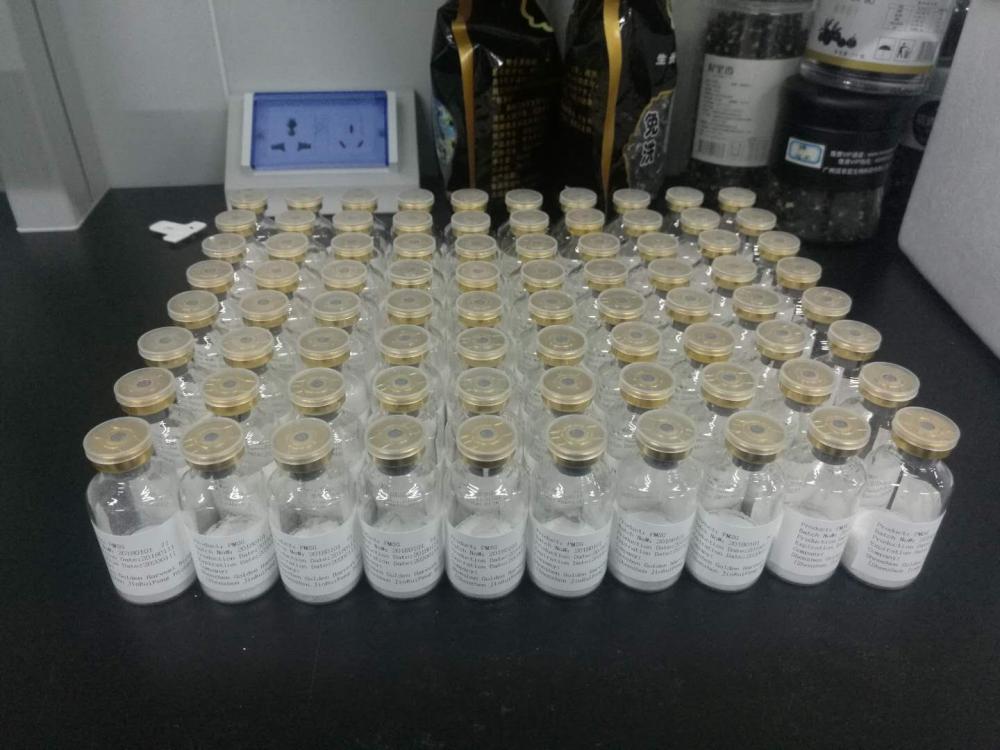Release date: 2007-04-24
With the simple method of treating atrial fibrillation, doctors now have new options for effective treatment of atrial fibrillation. Cardiac surgeons at the University of Washington School of Medicine have developed and tested a new instrument that radically shortens and simplifies complex continuous atrial fibrillation procedures that have the best long-term cure rates. This simplified procedure was named the Cox-maze IV procedure, and the surgeons involved in the development believe that it can replace the Cox-maze III procedure, which was originally based on "cutting and suturing." “This technology makes Cox-maze surgery easier and faster.†Dr. Ralph Damiano Jr., director of cardiac surgery at the School of Medicine, said, “We will not use Cox-maze surgery for a small number of selected patients. In fact, we will strongly promote the use of this instrument in all patients with atrial fibrillation who are already planning to undergo other cardiac procedures.†The instrument is a clamp-like tool that heats heart tissue by RF energy. The surgeon can create an ablation line on the heart muscle by placing the heart tissue in the jaws of the instrument. In the original Cox-maze III procedure, the ablation line was created by cutting the heart muscles and then stitching the incisions together to create scars. The ablation line can restore abnormal currents in atrial fibrillation. Cox-maze surgery was invented by the university in 1987. In their latest clinical study published in the February issue of the American Journal of Thoracic and Cardiovascular Surgery, the University's surgeons demonstrated that Cox-maze IV surgery is as effective as Cox-maze III surgery in treating atrial fibrillation. However, only one-third of the time of Cox-maze III surgery is required. “The original Cox-maze procedure was a very complicated procedure, and few surgeons liked it.†Dr. Damiano said, “So we started developing new technologies and hope to develop a Effective ablation instruments to simplify the procedure. Cox-maze IV surgery is not only short-lived, but the new instrument also makes the procedure safer because the risk of bleeding is greatly reduced." More than 2.2 million in the US The population suffers from atrial fibrillation, which can cause fatigue, shortness of breath, exercise intolerance, and palpitations. Patients with this disease have a five-fold higher risk of stroke and a two-fold higher risk of death than those without atrial fibrillation. In some patients, drugs can be used to control abnormal heart rhythms and the risk of thrombosis associated with atrial fibrillation, but unlike Cox-maze surgery, these drugs do not cure the disease. Dr. Damiano said that their recent study of Cox-maze IV surgery was unique because during the course of the study, the surgeon had previously received Cox-maze III surgery for the age, gender, and cardiac status of patients undergoing Cox-maze III surgery. The patient was carefully paired. "This is the first document to compare the effects of ablation devices with Cox-maze III surgery," Dr. Damiano said. "This procedure is very effective, and now we are only using Cox-maze IV technology." - China Medical newspaper
Equine Chorionic Gonadotropin (acronym given as eCG but not to be confused with ECG) is a gonadotropic hormone produced in the chorion of pregnant mares. Previously referred to as pregnant mare's serum gonadotropin (PMSG), the hormone is commonly used in concert with progestogen to induce ovulation in livestock prior to artificial insemination.
We provide PMSG API both in solution and lyophilized powder. There are different assay, such as 100IU, 1000IU, 2500IU,5000IU, 10000IU, etc.

Pregnant Mare Serum Gonadotropin
Pregnant Mare Serum Gonadotropin,Equine Chorionic Gonadotropin,Equine Gonadotropin API,Serum Gonadotropin For Pregnant Mare
Jiangxi Institute of Biological Products Inc. , https://www.jxinstitute.com